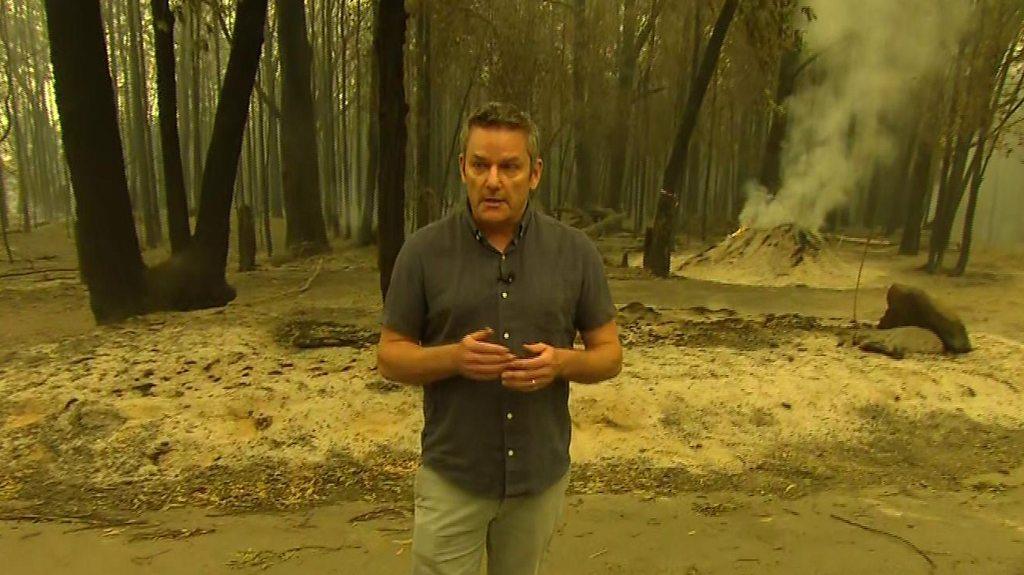Australia fires: Victoria extends 'state of disaster' as threat intensifies
- Published
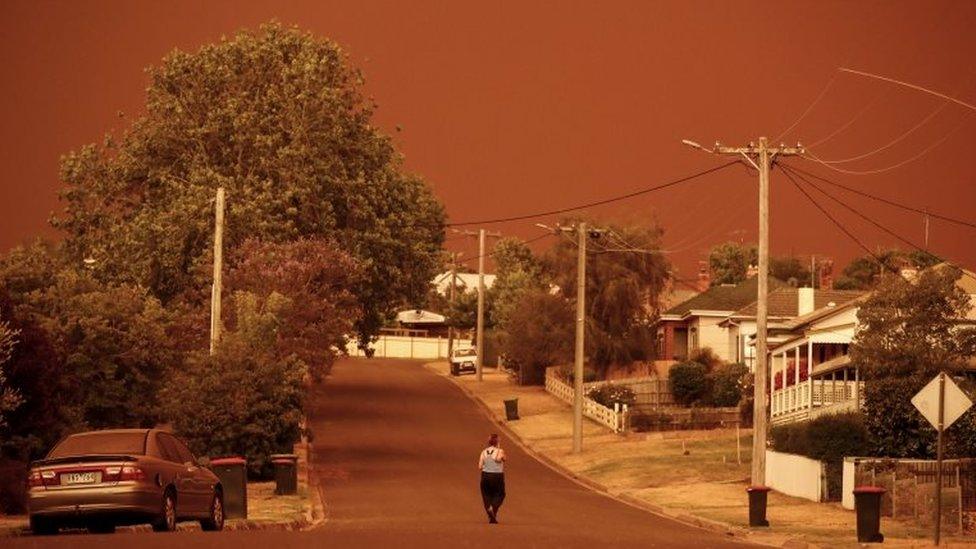
Fires have devastated communities in East Gippsland, Victoria
The Australian state of Victoria has again declared a state of disaster ahead of forecast "dangerous, dynamic" conditions in a massive bushfire zone.
Despite a national bushfire crisis raging since September, the south-eastern state is only entering what is considered to be its worst fire months.
Blazes have already burnt 1.2 million hectares in Victoria and claimed three lives. Nationally, 27 people have died.
The danger is predicted to be greatest on Friday due to hot, volatile weather.
"I know we have not seen this much fire activity this early in the season," state Premier Daniel Andrews said on Thursday.
"But I also make the point: I don't think we've seen as co-ordinated, as effective a response to that unprecedented fire activity as we have seen in these last few weeks."
There are also warnings for South Australia and New South Wales (NSW), where fires continue to endanger lives and homes.
Social media claims that arson was a significant factor in the fires have proved inaccurate
Australia saw its hottest and driest year on record in 2019 due to two specific weather phenomena and climate change, the Bureau of Meteorology said on Thursday, external.
What's the situation in Victoria?
Authorities have urged people to leave the state's Alpine and eastern regions, including fire-ravaged East Gippsland, ahead of Friday.
Temperatures are forecast to climb as high as 41C and be accompanied by dangerous winds and dry lightning - storms without rain.
This will exacerbate fires and possibly ignite new ones, officials say. It is also feared a large fire could merge with another in neighbouring NSW to create a "mega blaze".
Australia fires: "Nothing left" for animals that survive
Premier Andrews added the danger was hard to predict given there was "so much fire in the landscape with such a massive fire edge".
He extended a seven-day state of disaster by another 48 hours, an order which gives emergency officials additional powers.
How about elsewhere?
In South Australia, authorities called for evacuations in Vivonne Bay - a town on Kangaroo Island - as a blaze continued to burn out of control.
Two people and an estimated 25,000 koalas were killed when flames devastated Kangaroo Island last week. The island is renowned for its unique mix of animal species.
On Thursday a wildlife park came under threat with a blaze breaking containment lines and closing in.
The Kangaroo Island Wildlife Park has more than 600 animals in its care and has taken in many koalas injured in the past weeks' fires on the popular tourist island.
According to local media, some park staff are not evacuating, despite warnings, and hope they will be able to protect the animals.
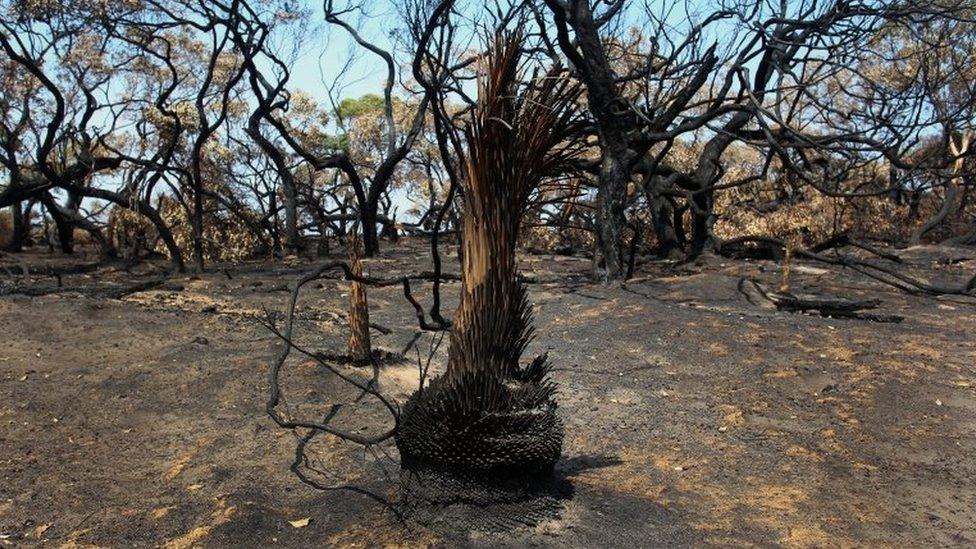
Vast areas of Kangaroo Island have been scorched
In worst-hit NSW, officials said almost 1,900 homes had been destroyed this fire season - adding to more than 300 razed in other states. NSW is also facing elevated danger on Friday.
An emergency warning was also issued in Western Australia on Thursday for several suburbs in the south of Perth. Residents were told they "are in danger and need to act immediately to survive".
According to the ABC, the fire is moving north-east and is being fought with at least three water bombers.
Prime Minister Scott Morrison has faced criticism over his response to the crisis, but this week pledged A$2bn for a recovery fund, adding to previous smaller commitments.
State governments have committed money for the recovery effort, amid warnings the crisis may continue for months.


Do you have any questions about the Australia fires?
In some cases your question will be published, displaying your name, age and location as you provide it, unless you state otherwise. Your contact details will never be published. Please ensure you have read the terms and conditions.
Use this form to ask your question:
If you are reading this page and can't see the form you will need to visit the mobile version of the BBC website to submit your question or send them via email to YourQuestions@bbc.co.uk, external. Please include your name, age and location with any question you send in.
- Published5 January 2020
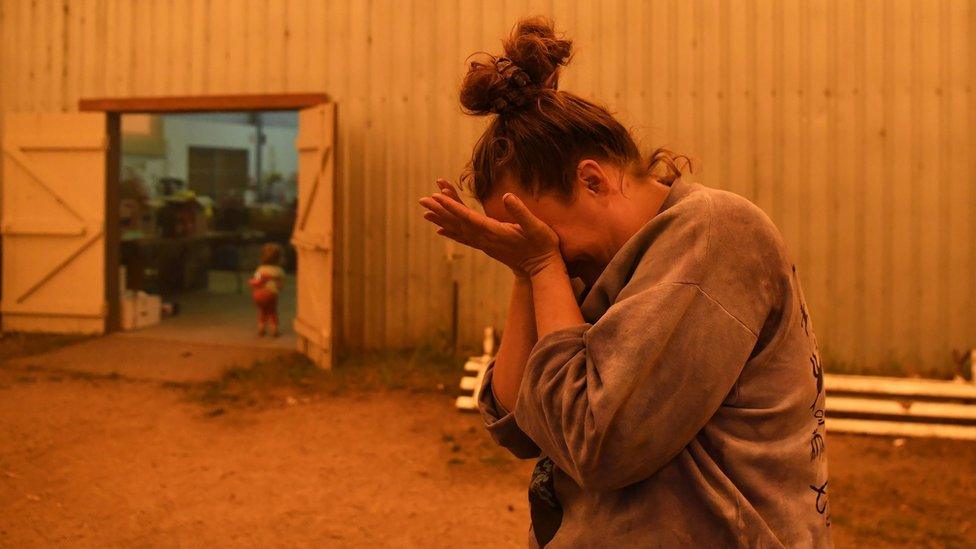
- Published4 January 2020

- Published31 January 2020
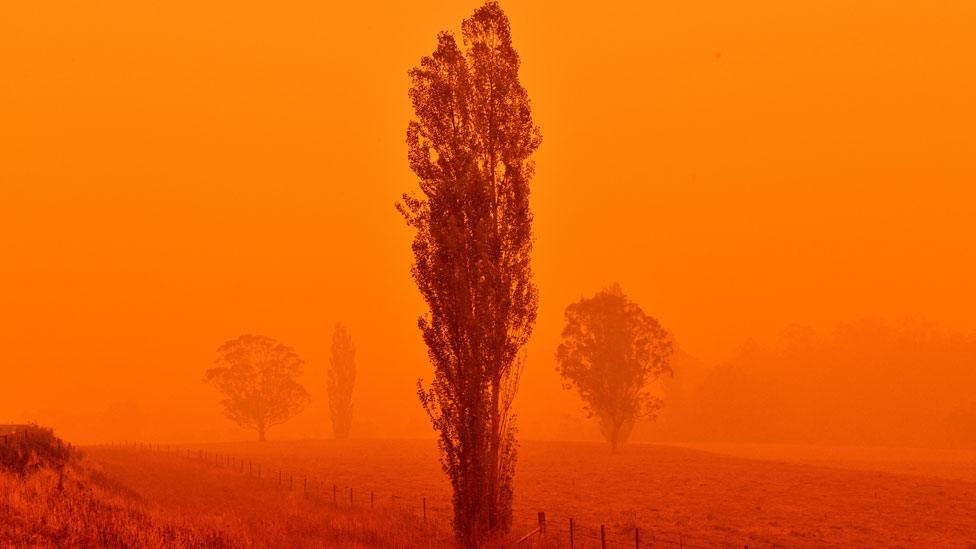
- Published5 January 2020
